Suffolk was once the centre of production for cherries. One of the most famous varieties was the Polstead Black, grown around the eponymous village, which was also the location of the Red Barn where William Cordell murdered Maria Marten. The crime writer Ruth Rendell was (rather appropriately) a long-time resident of Polstead too. Local cherry growers used to sell their cherries by the pint. They’d cry, "Polstead cherries, Polstead cherries, as red as Maria Marten's blood” as they stood by their stalls. Polstead Blacks were sold on Sudbury’s provision market in the late 1940s, but the cherries sold across Suffolk today are no longer from Polstead. Approximately 90% of Britain’s cherry orchards were grubbed up when competition from foreign cherry imports rendered their crops unprofitable.
Polstead’s cherries were almost black in appearance with dark purple flesh and their juice stains on clothing, fingers and lips were practically indelible; one of this variety’s original uses was as a textile dye. Because of this, there existed a close association between the cherry’s geographical distribution and Suffolk’s wool towns and villages.
The Polstead village sign depicts St Mary’s church under an arch of cherry blossom. It is one of the loveliest village signs I have ever seen. In the early 2000s, the village sought to strengthen its bond with this most ancient of fruit- several Polstead Black cherry trees were planted in and around the village. I haven’t been to see them; I hope they are thriving.
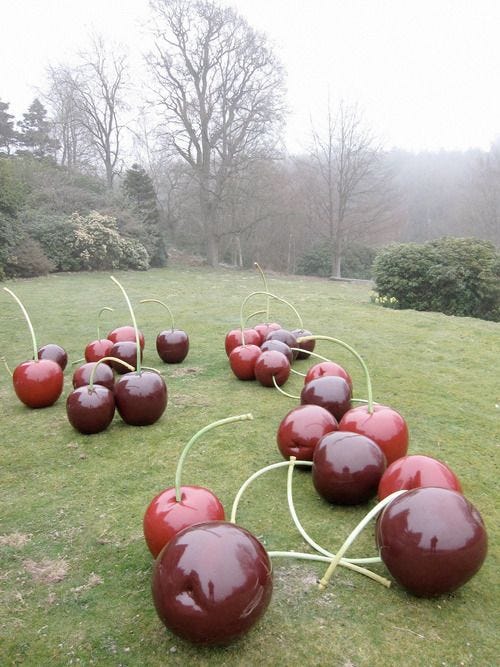
Some reading:
The talented Helen Graves has a recipe for cherry samosas here.
Jane Grigson’s Fruit Book has, at my count, nineteen recipes for cherries, but it is this cherry-related quote from her book, English Food, that I love the most.
“Cherry” is one of those words which convey a great deal, not just the idea of summer and love and their passing, but the whole history of the fruit. It comes from the Old French, cherise, which comes in turn from the Latin cerasus — and that goes back to karsu, the Accadian word used by Assyrians and Babylonians who first cultivated the cherry.”
Grigson has a recipe for Hungarian cherry soup, but I turn to Lucy Antal’s blog Finom when I wish to learn more about Hungarian food. Her recipe for Hideg Meggyléves (Cold Morello Cherry Soup) has lovely headnotes.
On cherry production in India (TW: suicidal ideation).
A stunning recipe for Mexican Chocolate Cake with Sour Cherry and Red Currant Jam on the blog, Anise To Z’Atar.
Kate Lebo on maraschino cherries for Harpers. Her book, Pie School Adventures in Fruit, Flour and Butter, has a fab recipe for a Cherry Jack Pie flavoured with JD whiskey. “There’s something about that mid-shelf, sour mash taste that suits sour cherries,” she writes.
A piece about cherries and sexual imagery. William Cordell was having an affair with Maria Marten when he murdered her, adding another dimension to the sales pitch of cherry sellers on Sudbury Market.
"‘But have you eaten early cherries lately? They taste, to me, like sky’ - Geoffrey Brock (Eating Early Cherries and Thinking of Pavese.)
Cherries & Mulberries – Growing & Cooking by Jane McMorland Hunter and Sally Hughes from Prospect Books’ English Kitchen Series.
The Cherry Thief, written and illustrated by Renata Galindo, is a lovely children’s book about a chef’s attempts to track down whoever is stealing the cherries from his famous cakes.
5 Cherries by Vittoria Facchini explores unbounded imagination and identity through the prism of cherries. The artwork is amazing.
A book about the man who ‘saved’ Japan’s cherry blossoms. And a Guardian review. And I am a complete nerd for books like this, which gathers together and illustrates 323 UK varieties of cherry blossom, showing how they differ from each other- if you look closely.
The brilliant Michael Procopio on Nostrodamus’s cherry jam.





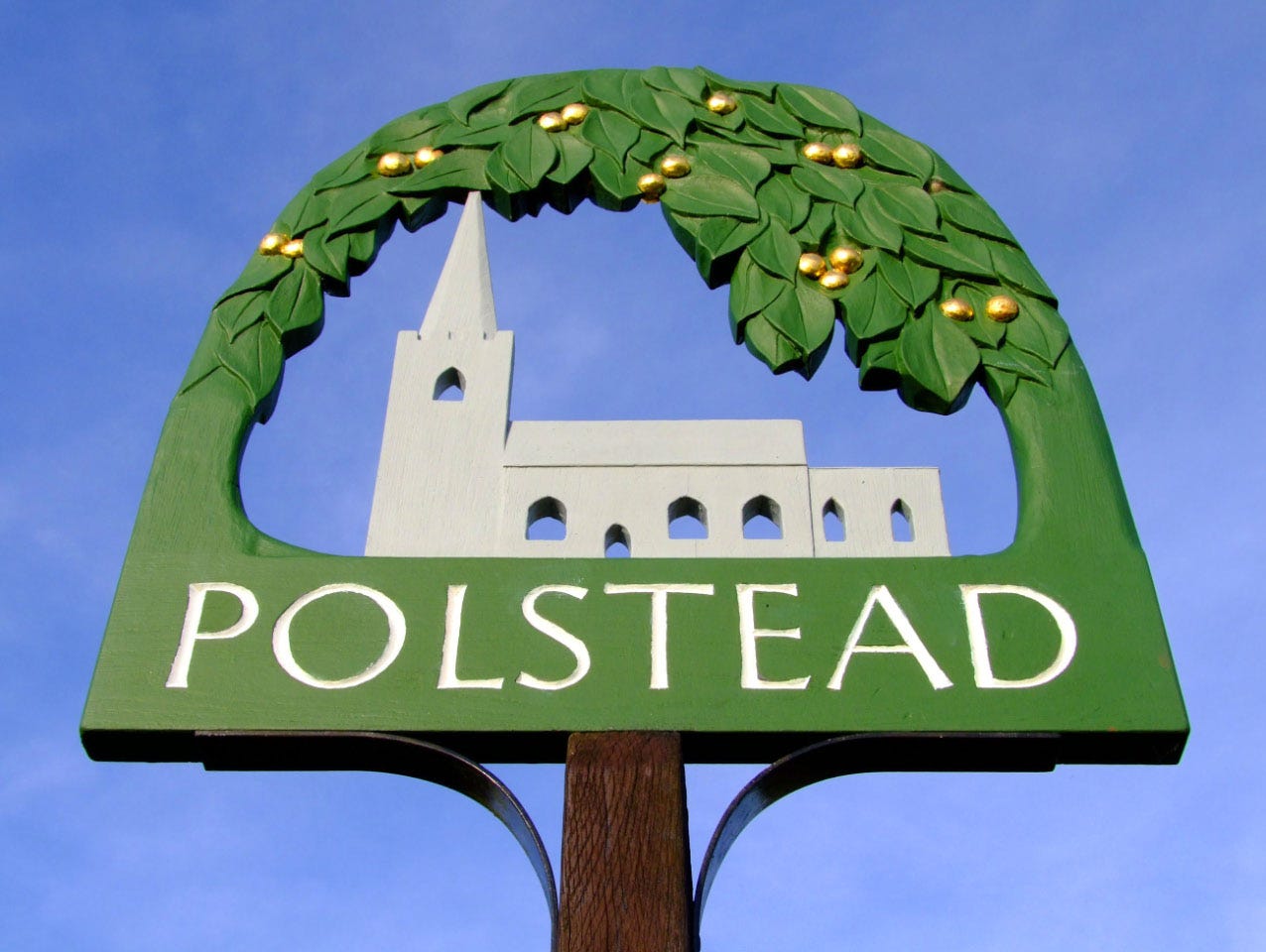
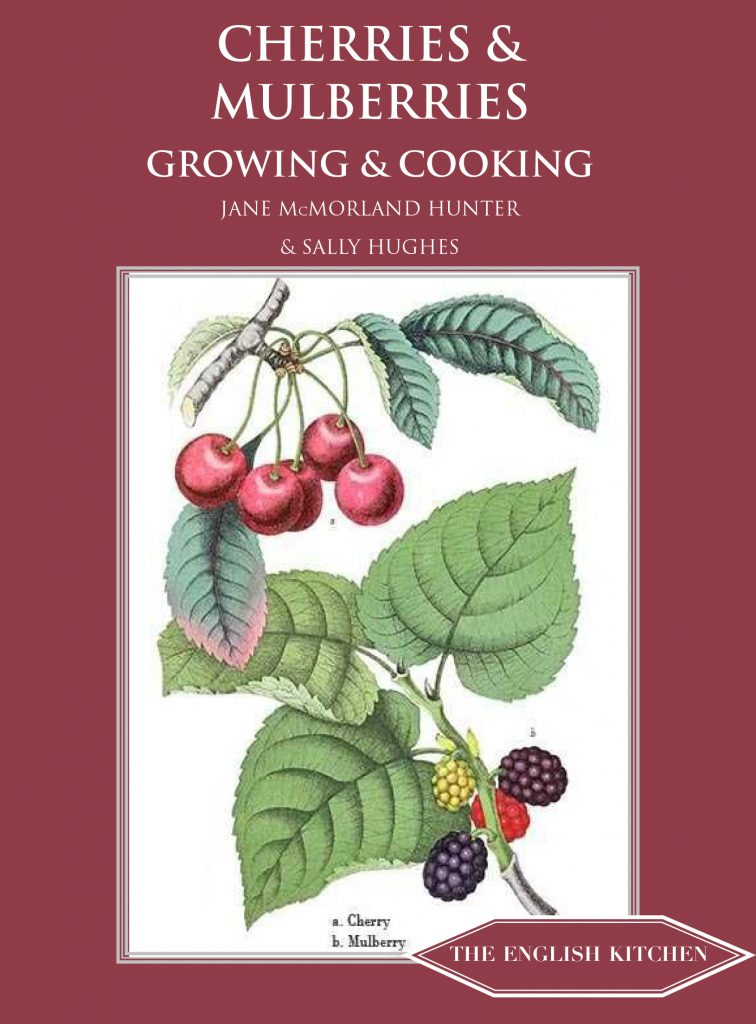
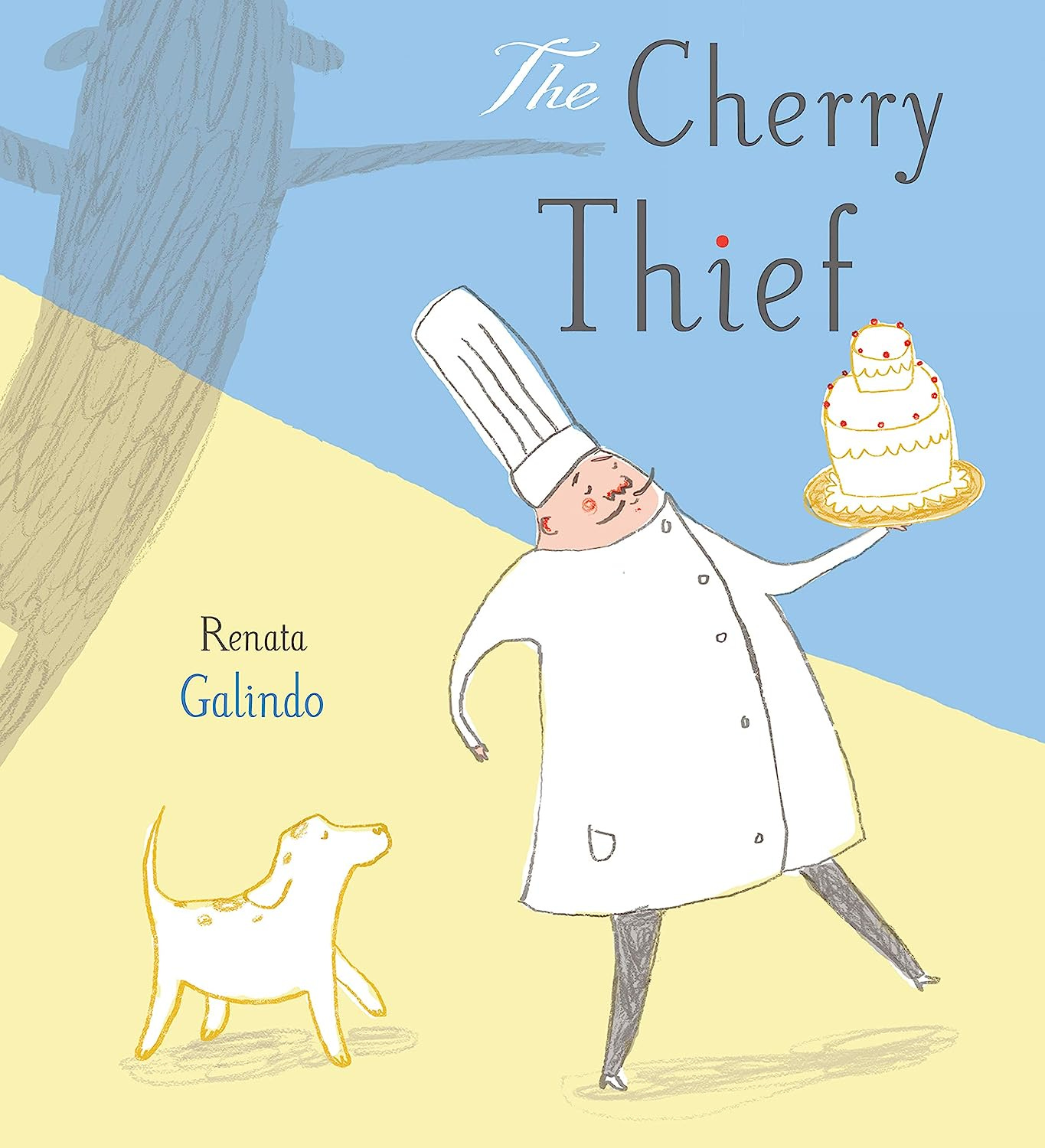
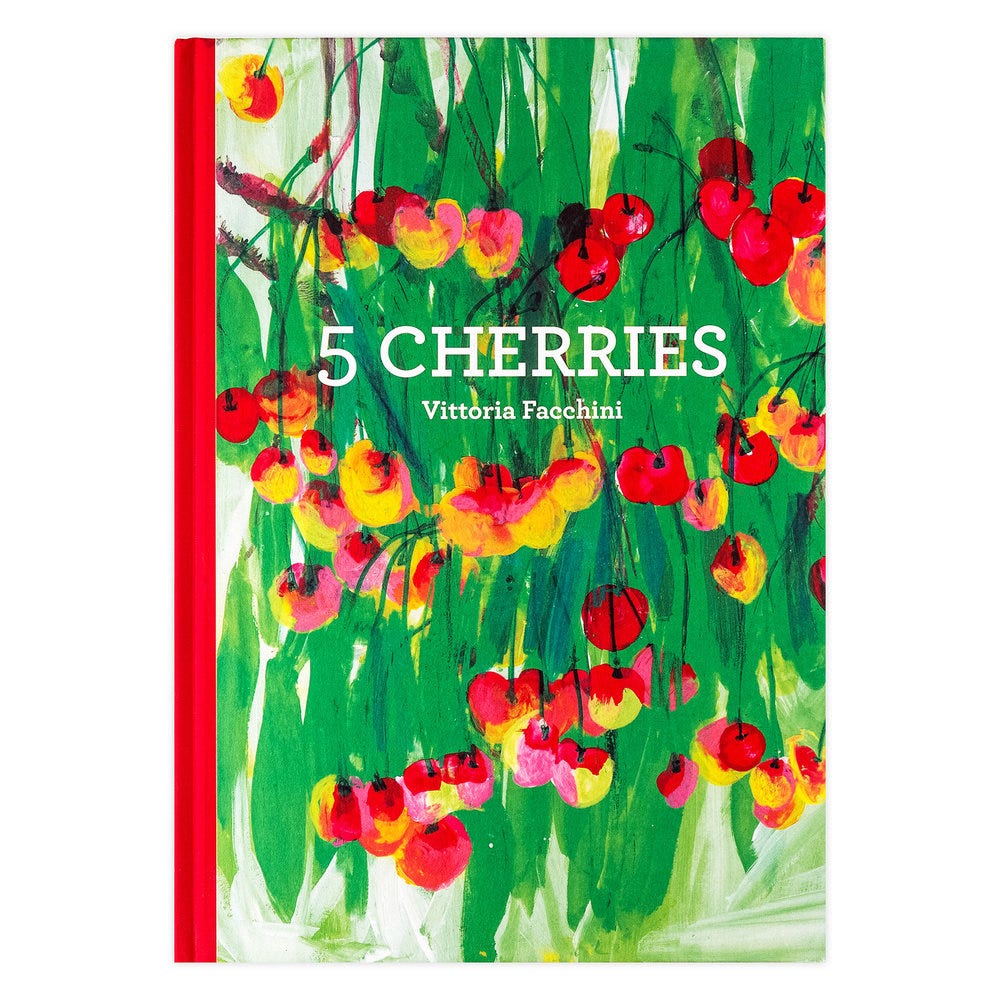

Marvellous
Brilliant post. I love the A.E. Housman poem too - A Shropshire Lad